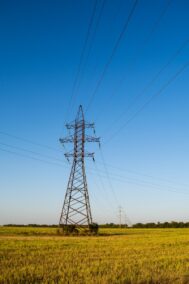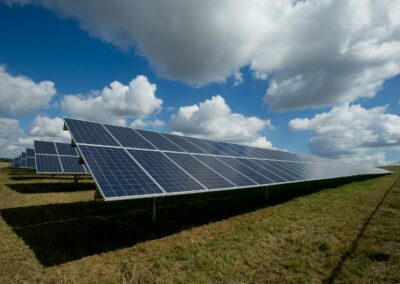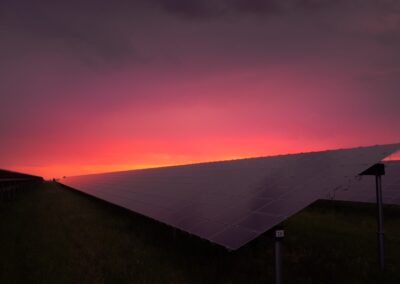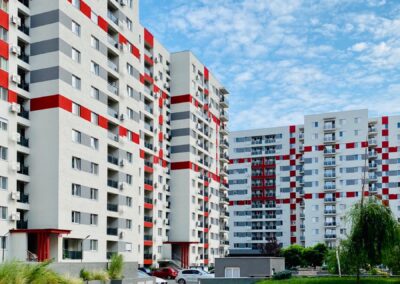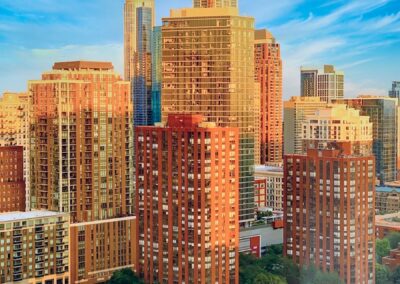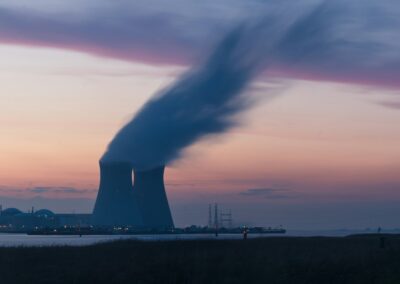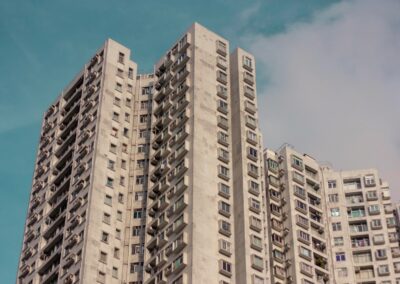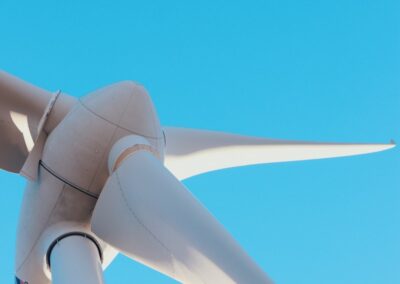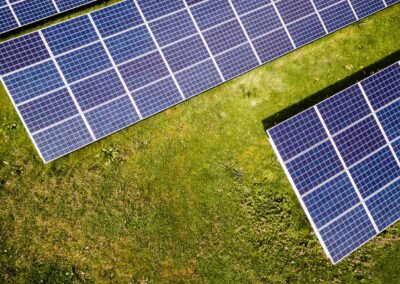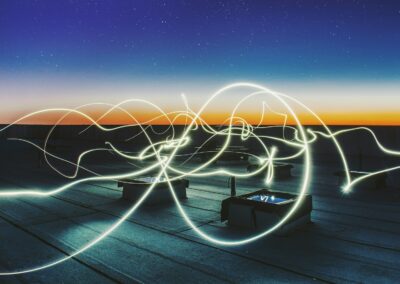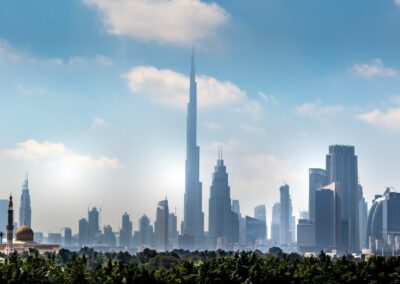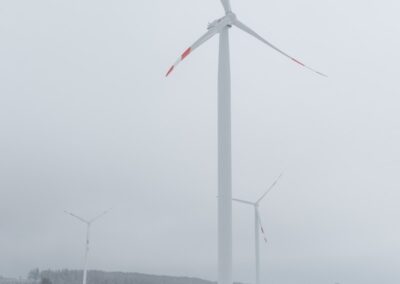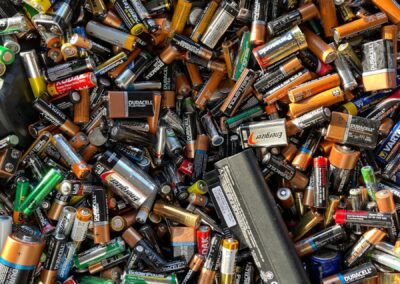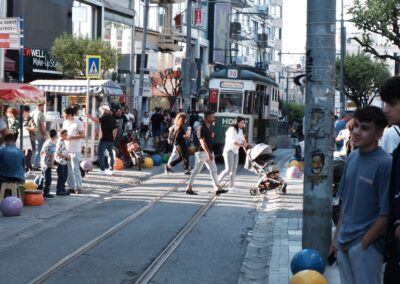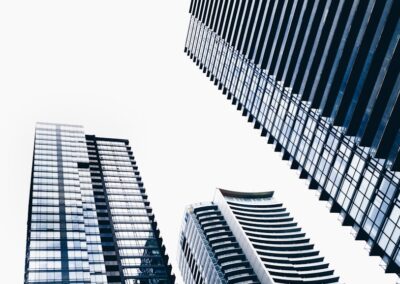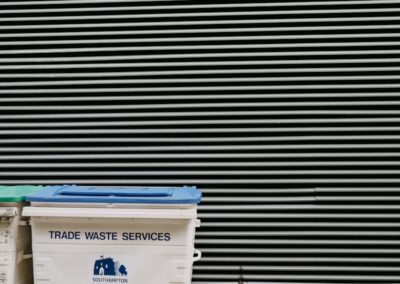Incorporating Renewable Energy in Urban Skyscrapers
The Rise of Energy-Efficient High-Rise Buildings
In the dynamic urban landscapes of Riyadh and Dubai, the development of energy-efficient high-rise buildings with renewable energy sources is becoming a priority. As these cities continue to grow and innovate, integrating sustainable energy solutions into skyscraper designs is essential for achieving net-zero energy status and promoting environmental stewardship. Energy-efficient buildings leverage advanced technologies and architectural strategies to minimize energy consumption while maximizing the use of renewable energy sources such as solar panels and wind turbines.
In Riyadh, the King Abdullah Financial District serves as a beacon of sustainability, incorporating energy-efficient designs and renewable energy technologies to reduce its carbon footprint. Similarly, in Dubai, initiatives like the Dubai Sustainable City showcase how high-rise buildings can be designed to harness renewable energy, contributing to the city’s goal of becoming one of the world’s most sustainable urban centers. These developments highlight the potential of combining innovative architectural designs with cutting-edge renewable energy technologies to create buildings that are both energy-efficient and environmentally friendly.
The concept of energy-efficient high-rise buildings extends beyond mere energy savings. These buildings are designed to provide a comfortable and healthy living environment for residents while minimizing their impact on the environment. By incorporating renewable energy sources, these buildings can significantly reduce greenhouse gas emissions, contributing to global efforts to combat climate change. In the UAE and Saudi Arabia, where sustainability is increasingly integrated into national development plans, energy-efficient high-rise buildings represent a crucial step towards a greener future.
Integrating Solar Panels in High-Rise Buildings
Solar energy is one of the most accessible and abundant renewable energy sources available, making it an ideal choice for high-rise buildings in sun-rich regions like Riyadh and Dubai. The integration of solar panels into skyscraper designs can significantly reduce reliance on fossil fuels and lower energy costs. Solar panels can be installed on rooftops, facades, and even windows, maximizing the surface area available for energy generation.
In Dubai, the Burj Khalifa, the world’s tallest building, has incorporated solar panels to generate a portion of its energy needs. This initiative not only reduces the building’s carbon footprint but also serves as a model for other high-rise buildings in the region. By utilizing solar energy, buildings can achieve a higher degree of energy independence and contribute to the overall sustainability of the urban environment.
Moreover, advancements in solar technology have made it possible to integrate photovoltaic systems seamlessly into building designs. Building-integrated photovoltaics (BIPV) allow architects to incorporate solar panels directly into the building materials, such as glass and facades, without compromising the aesthetics. In Riyadh, new developments are exploring the use of BIPV to create visually appealing and energy-efficient high-rise buildings. This approach not only enhances the energy performance of the buildings but also sets new standards for sustainable urban architecture.
Harnessing Wind Energy in Skyscraper Design
Wind energy is another renewable resource that can be effectively harnessed in high-rise buildings. By integrating wind turbines into skyscraper designs, buildings can generate electricity from wind, further reducing their dependence on non-renewable energy sources. Wind turbines can be strategically placed on rooftops or incorporated into the building structure to capture wind energy efficiently.
In the UAE, the Bahrain World Trade Center is an exemplary project that features integrated wind turbines. These turbines are positioned between the two towers and are designed to harness the strong winds that flow through the gap, generating significant amounts of renewable energy. This innovative approach demonstrates how high-rise buildings can be designed to take advantage of natural wind patterns, providing a sustainable energy solution that complements solar power.
Additionally, advancements in wind turbine technology have led to the development of smaller, more efficient turbines that can be integrated into urban environments. Vertical-axis wind turbines, for example, are well-suited for installation on high-rise buildings due to their compact size and ability to operate in varying wind conditions. In Riyadh, incorporating vertical-axis wind turbines into skyscraper designs can provide a reliable source of renewable energy, contributing to the city’s sustainability goals.
Achieving Net-Zero Energy Status in High-Rise Buildings
Combining Renewable Energy Sources
Achieving net-zero energy status in high-rise buildings requires a holistic approach that combines multiple renewable energy sources. By integrating both solar and wind energy systems, buildings can take advantage of different renewable resources, ensuring a consistent and reliable energy supply. This combination of renewable energy sources can help buildings achieve net-zero energy status, where the total amount of energy consumed is equal to the amount of renewable energy generated on-site.
In Dubai, the Sustainable City is a leading example of how renewable energy sources can be combined to create a self-sufficient community. The city uses a mix of solar panels, wind turbines, and other sustainable technologies to generate energy, reduce waste, and promote sustainable living. This integrated approach not only enhances energy efficiency but also fosters a sense of community and environmental responsibility among residents.
In Riyadh, new developments are also exploring the integration of multiple renewable energy sources to achieve net-zero energy status. By combining solar and wind energy with other sustainable technologies such as energy-efficient HVAC systems and smart building management systems, these developments aim to create high-rise buildings that are both energy-efficient and environmentally sustainable. This approach aligns with Saudi Arabia’s Vision 2030, which emphasizes sustainability and innovation as key drivers of national development.
The Role of Modern Technology in Energy Efficiency
Modern technology plays a crucial role in enhancing the energy efficiency of high-rise buildings. Smart building management systems, for example, can optimize energy usage by monitoring and controlling various building functions such as lighting, heating, and cooling. These systems use sensors and data analytics to adjust energy consumption based on real-time conditions, ensuring that energy is used efficiently and sustainably.
In Dubai, smart building technologies are being integrated into new high-rise developments to enhance energy efficiency and reduce operational costs. These technologies enable building managers to monitor energy usage in real-time, identify inefficiencies, and implement corrective measures. By leveraging data and automation, smart building systems can significantly improve the energy performance of high-rise buildings, contributing to their net-zero energy goals.
Moreover, advancements in energy storage technologies, such as batteries and thermal storage, can enhance the reliability and stability of renewable energy systems. By storing excess energy generated by solar panels and wind turbines, these technologies ensure a continuous energy supply even when renewable energy generation is low. In Riyadh, the integration of energy storage solutions into high-rise buildings can provide a reliable backup power source, enhancing the overall resilience and sustainability of the buildings.
Conclusion: The Future of Energy-Efficient High-Rise Buildings
The design of energy-efficient high-rise buildings that incorporate renewable energy sources is essential for achieving net-zero energy status and promoting sustainable urban development. In cities like Riyadh and Dubai, where innovation and sustainability are key priorities, integrating solar panels, wind turbines, and other renewable energy technologies into skyscraper designs can significantly reduce environmental impact and enhance the quality of urban living.
Effective leadership, strategic planning, and the adoption of modern technologies are crucial for the successful implementation of energy-efficient high-rise buildings. By embracing these elements, Riyadh and Dubai can continue to lead in innovative urban development, setting an example for other cities worldwide. The future of urban living lies in creating energy-efficient, sustainable environments that support the well-being of residents and contribute to a greener, more resilient urban ecosystem.
—
#EnergyEfficientBuildings #RenewableEnergy #HighRiseBuildings #SolarPanels #WindTurbines #NetZeroEnergy #ModernTechnology #BusinessSuccess #LeadershipSkills #Riyadh #Dubai #UAE #SaudiArabia


